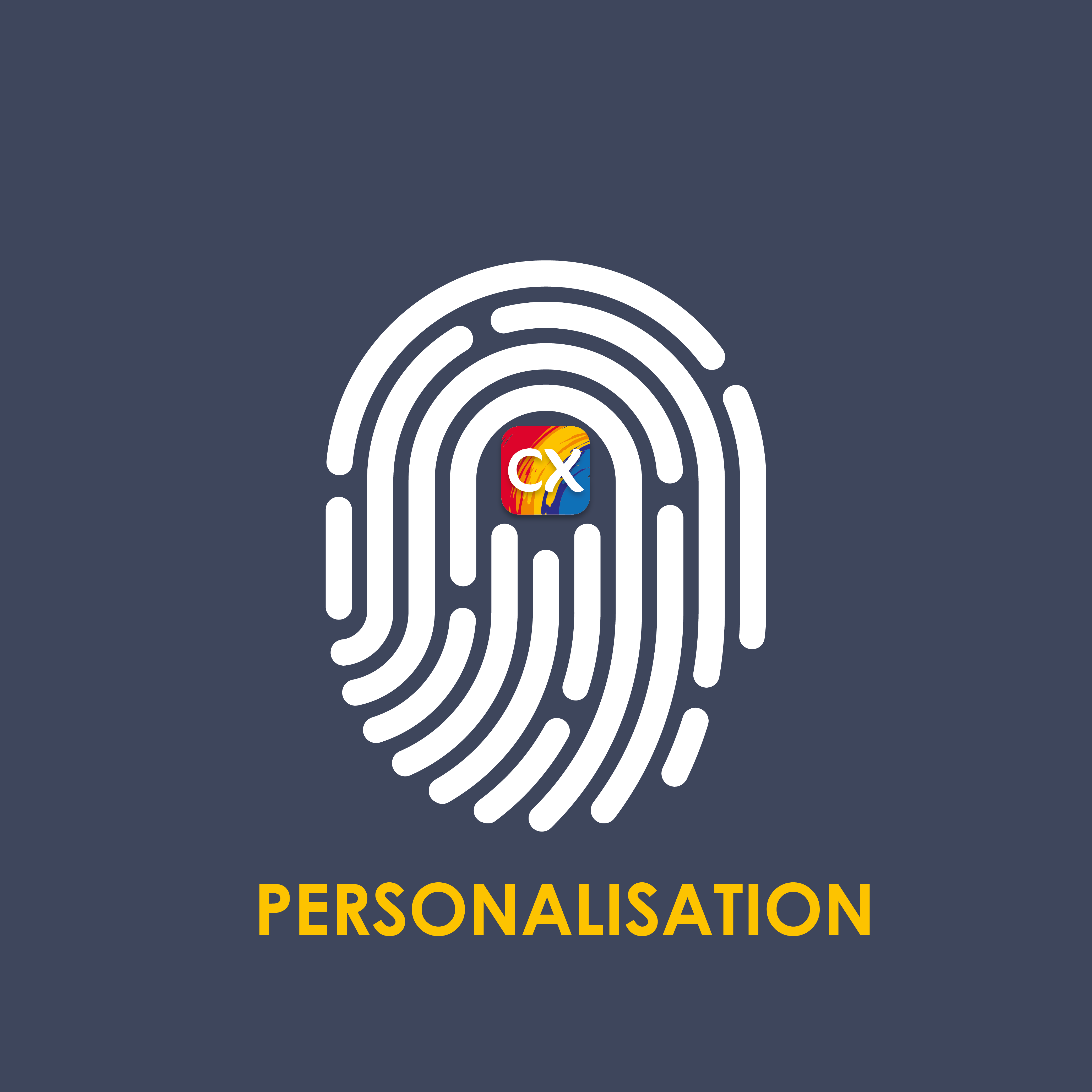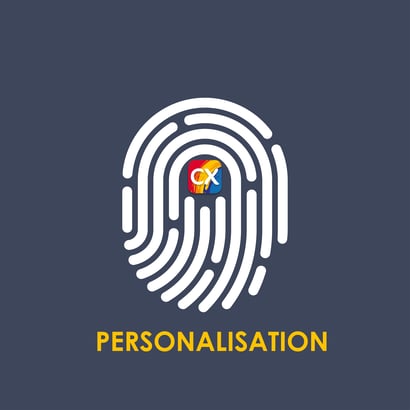What is personalisation and why does it matter in the contact centre?

Personalisation is probably one of the terms I hear most often when people ask me how to deliver sound, pragmatic, and profitable customer experience strategies.
They ask about it for three reasons:
- Firstly, because, sadly, it is incredibly unusual for this topic not to come up when people discuss failures in customer service.
- Secondly, because while the concept makes sense, people struggle to understand how it looks when applied correctly and embedded into successfully delivered customer journeys.
- And last, but by no means least, we all, intuitively, yearn to receive personalised experiences. How many times have you heard someone praise a brand saying something along the lines of ‘I don’t feel like a number, they make me feel like I am an actual human being and that I matter’?
What is personalisation though? If I were to sum it up in a sentence, I would say it is the strategic and tactical inclusion of information you have about a particular customer into your service design and delivery in order to enhance their experiences and influence their attitudes, emotions, and behaviours relative to a brand. If we wanted to make it simpler and easier to digest, it essentially means ‘I know things about you, Mr/Ms Customer, and I’ll use that information to improve the experience you have with me’.
Information that can be harnessed to personalise experiences can include personally identifiable information such as their age, gender, postcode, or city as well as actual behaviours including their browsing pattern online, and other interactions or transactions with the brand.

What’s in it for you?
There are many benefits to implementing personalisation as part of your customer service. As a matter of fact, there is no shortage of statistics to back this up. To name just a few:
- 91% of consumers are more likely to shop with brands who recognise, remember, and provide relevant offers and recommendations (Accenture).
- 72% of consumers say they only engage with personalised messaging (SmarterHQ).
- Personalisation will contribute to both reducing customer acquisition cost and increasing revenue (McKinsey).
Why does personalisation matter in the contact centre?
While personalisation is often looked at from a marketing perspective, it is equally important, if not more important, in a customer service context.
When a customer calls to talk to your team, are the team aware of the wider context surrounding the call? Are they able to see that this is the 3rd call the customer has made in a month? Can they proactively ask whether the last issue the customer had has been resolved to their satisfaction?
One of customers’ greatest pet peeves is being made to feel like their circumstances are irrelevant or having to repeat their problem to several colleagues after being passed around. Conversely, when the opposite happens, customers are positively surprised and feel valued by the brand.
Personalising an experience can really be this straightforward: dealing with a customer calling in by taking their unique wider circumstances into account in the interaction.
Another common frustration customers face when contacting a customer service team is the IVR and the queue while waiting for an agent – also known as the on-hold experience. With the on-hold experience lasting anywhere from a few minutes to half an hour and beyond at peak times, this represents a prime opportunity to add personalisation into the mix.
Focus on your on-hold experience to personalise music as well as messaging to keep your customers informed about the latest products, services, and events from your organisation while your agents work through the queue, adding on-hold marketing as a powerful tool in your calling experience and tailoring it based on the data you hold about the caller.
Done right, personalisation in the contact centre can offer enhanced support experiences, improved customer loyalty, greater likelihood to retain, up-sell and cross-sell to customers while also improving your usual contact centre KPIs such as first contact resolution (FCR), average handling time (AHT) and drop-off rates.
Best practices to enable personalisation
Injecting personalisation into your customer service delivery is far from easy and requires several aspects across the organisation to be considered. However, as a starter, here are some key points for you to consider:
- Ensure your data is organised and structured around your customer rather than their orders, location or products.
- Connect your systems and make relevant information available to your frontline so they can best support your customer with the broader context in mind.
- Empower your staff to act with empathy and harness the available information to build rapport with customers on every call.
- Enable information collected through the IVR to feed to the agent, sparing the customer from having to repeat the information more than once.
These best practices should give you some solid foundations on your path towards a personalised journey and enhanced caller experience.
Proceed with caution
Organisations desiring to reap the benefits of personalisation must act with caution. Injecting personalisation into your customer interactions is, first and foremost, a balancing act between privacy and experience. Customers are willing to surrender their personal information but only to enable a better and more tailored experience that adds value.
The organisation must add enough value to justify the use of the information the customer has shared with them. An organisation might be tempted to explore and put into use as much information as possible but there are limits to how personal your journey can become without crossing a line and making your customers uncomfortable about what you know about them.
Unfortunately, personalisation is something that fits into the ‘simple, not easy’ category. It is far more common to come across this strategy falling short and for you to be on the receiving end of poorly tailored messaging online or an unnatural and rigidly scripted conversation in a call centre where they are somehow mandated to say your name five times, as if it was a KPI impacting their pay.
That being said, if you remain cautious when making experiences more personal and think like a customer, putting yourself in their shoes, your caller experience can be greatly improved and by extension, so will your business performance.
Hearing what your customers hear is an excellent place to start. At Premier CX, we can offer free audits to playback your current caller experience and highlight areas of opportunity to personalise the experience from the welcome to the in queue. Click here to get started.